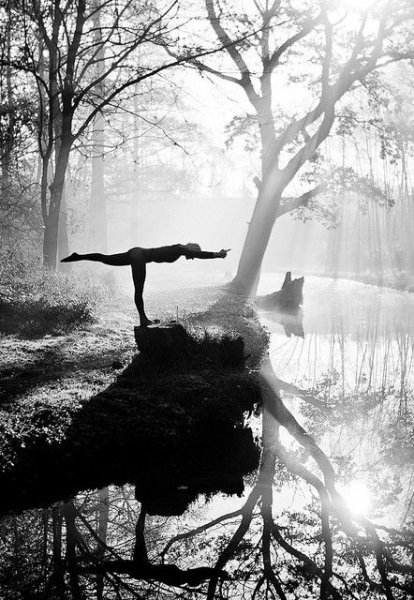In our hyper‑connected, endlessly busy lives, the quest for calm often sends us to a quiet cushion in a dim room—only to discover that sitting still makes our minds race even faster. If traditional, stationary meditation leaves you more antsy than at ease, you’re not alone. Fortunately, mindfulness need not be confined to cross‑legged postures. Active meditation—the art of bringing full awareness to everyday movements—offers a powerful pathway to tranquility. By weaving intention and presence into walking, eating, and writing, you can transform routine actions into moments of mindfulness, peace, and—even—creativity.
Why Active Meditation?
Pema Chödrön reminds us, “Meditation practice isn’t about trying to throw ourselves away or become something better. It’s about befriending who we are already.” For many of us—whether juggling work deadlines, shuttle‑driving children, or balancing side hustles—a motionless approach can heighten stress or restlessness. Active meditation meets you where you are, honoring your natural need for movement while gently drawing you into deeper awareness.
1. Walking Meditation: Every Step a Salve
“The mind can go in a thousand directions, but on this beautiful path I walk in peace.”
Walking meditation invites you to slow down your gait and tune in to each footfall, breath, and sensation. Rather than closing your senses off, you keep your eyes open, noticing the world without judgment. Whether you’re strolling through a crowded city street or meandering along a leafy trail, every walk becomes a practice in presence.
How to Practice:
- Choose Your Pace. Take deliberately short, slow steps—so slow that your feet have time to register each contact with the ground.
- Set an Intention. Before you begin, silently affirm, “I walk with ease,” or simply, “I am here.”
- Ground Yourself in the Senses. Feel the temperature on your skin, listen to distant sounds, and notice the rhythm of your breathing.
- Keep Gently Returning. When your mind wanders—inevitable—it’s not failure, it’s a cue. Gently guide your attention back to the act of walking.
Benefits:
- Releases restless energy without the intensity of a seated practice
- Integrates seamlessly into daily gaps (parking lot to office, kitchen to mailbox)
- Cultivates sustained mindfulness in the midst of life’s hustle
2. Eating Meditation: Savoring Every Bite
Modern life tempts us to inhale meals at breakneck speed or mindlessly browse social media while we chew. Eating meditation flips the script, turning a simple snack into a feast for the senses and a doorway to deeper self‑awareness.
How to Practice:
- Prepare Your Plate. Choose a single morsel—a grape, a piece of dark chocolate, or a spoonful of rice—and place it before you.
- Engage the Senses. Observe its color and texture. Inhale its aroma. Feel its weight between your fingers.
- Chew Deliberately. Take twenty slow, mindful chews before swallowing. Notice changing flavors, textures, and sensations.
- Tune Into Hunger and Gratitude. Reflect on what brought this food to your plate and the nourishment it provides.
Benefits:
- Improves digestion by slowing pace and encouraging thorough chewing
- Fosters healthier choices by highlighting taste and satisfaction
- Interrupts mindless eating and reduces overeating
3. Writing Meditation: Clearing the Inner Clutter
For many of us, writing is more than a job or hobby—it’s a vital outlet for self‑expression. Yet even that task can become mechanical or stressful when deadlines loom. Writing meditation uses the pen as a focal point, helping to empty the mind of static and reveal deeper insights.
How to Practice:
- Set the Stage. Choose a journal or digital document and decide on a brief time—five to ten minutes.
- Free‑Write. Without editing or censoring, let words flow: worries, observations, phrases, or even doodles.
- Stay Present with the Process. Notice the movement of your hand, the sound of the keys, the shape of each letter.
- Close with Reflection. Reread your entries, acknowledging any insights or emotions that surfaced.
Benefits:
- Clears mental fog by translating internal chatter onto the page
- Uncovers buried emotions and sparks creative breakthroughs
- Strengthens focus by tethering awareness to the moment of writing
Making Active Meditation Part of Your Day
- Start Small. Dedicate just one minute of walking, eating, or writing meditation daily, then gradually expand.
- Blend Practices. Combine walking with breathwork, or write a reflective sentence before every walking session.
- Honor Your Rhythm. Choose the time of day that best suits each practice—perhaps a morning stroll, a mindful breakfast, or an evening free‑write.
- Stay Curious. Approach each session without expectations. The goal isn’t perfection; it’s gentle, ongoing presence.


